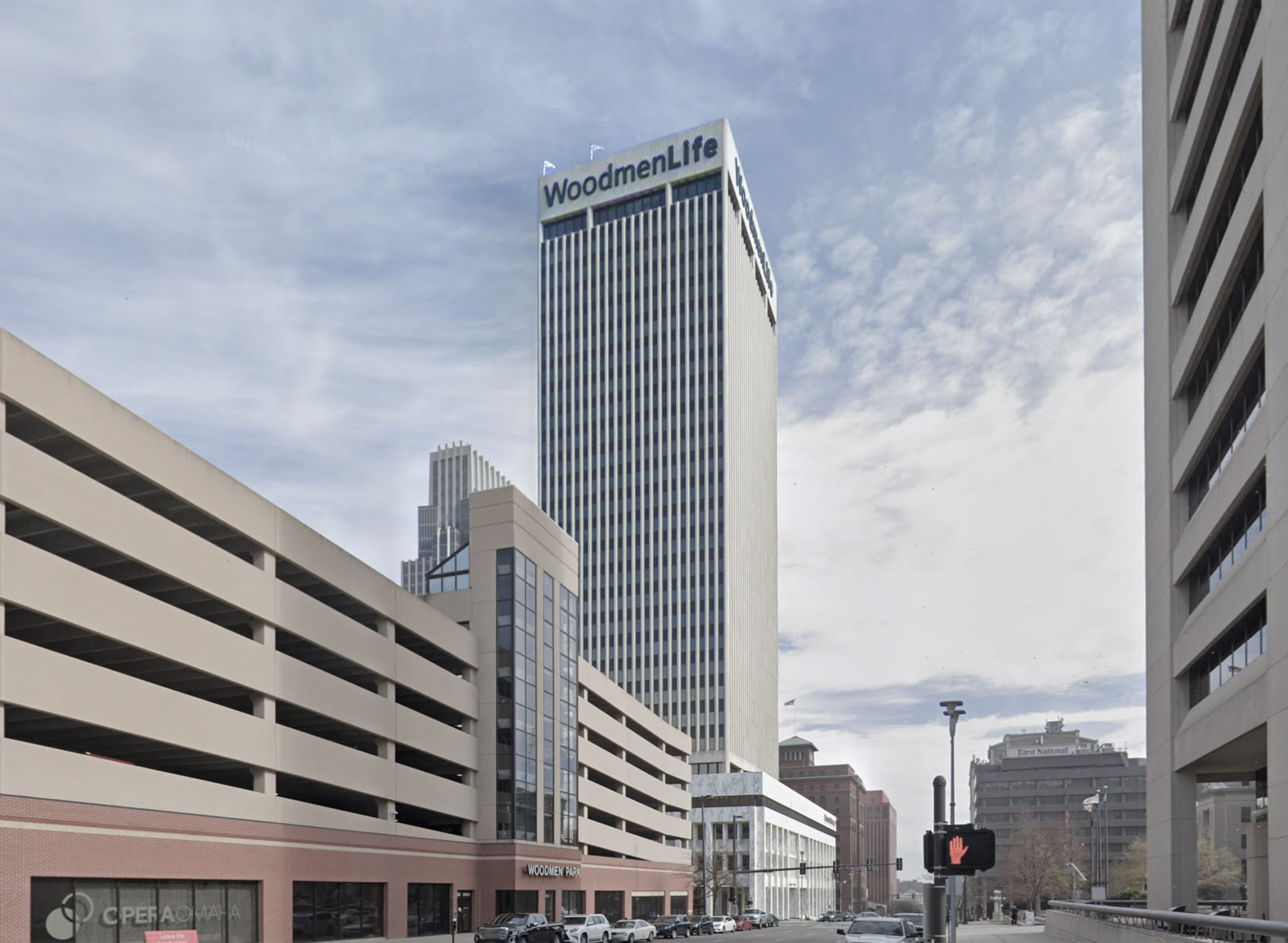The First National Bank Tower is a Postmodernist skyscraper designed between 1997 and 1998 by Leo A. Daly, and built between 1999 and 2002 in Omaha, NE.
First National Bank Tower is not the only name you might know this building by though. It is common for companies to want to attach their names to iconic buildings when they move in, or for the general public to come up with nicknames, and this one is no exception. The First National Bank Tower is also known, or has been known as, One First National Center, or The Tower at First National Center.
Its precise street address is 1601 Dodge Street, Omaha, NE. You can also find it on the map here.
The First National Bank Tower has received multiple architecture awards for its architectural design since 2002. The following is a list of such prizes and awards:
- IES Illumination Award of Merit in 2016
- Engineering Excellence Awards-Building Technology Systems in 2024
- Outstanding Achievement in Design Professional Project Award in 2024
- Emporis Skyscraper Award in 2002
The building has been restored 2 times over the years to ensure its conservation and adaptation to the pass of time. The main restoration works happened in 2015 and 2023.


